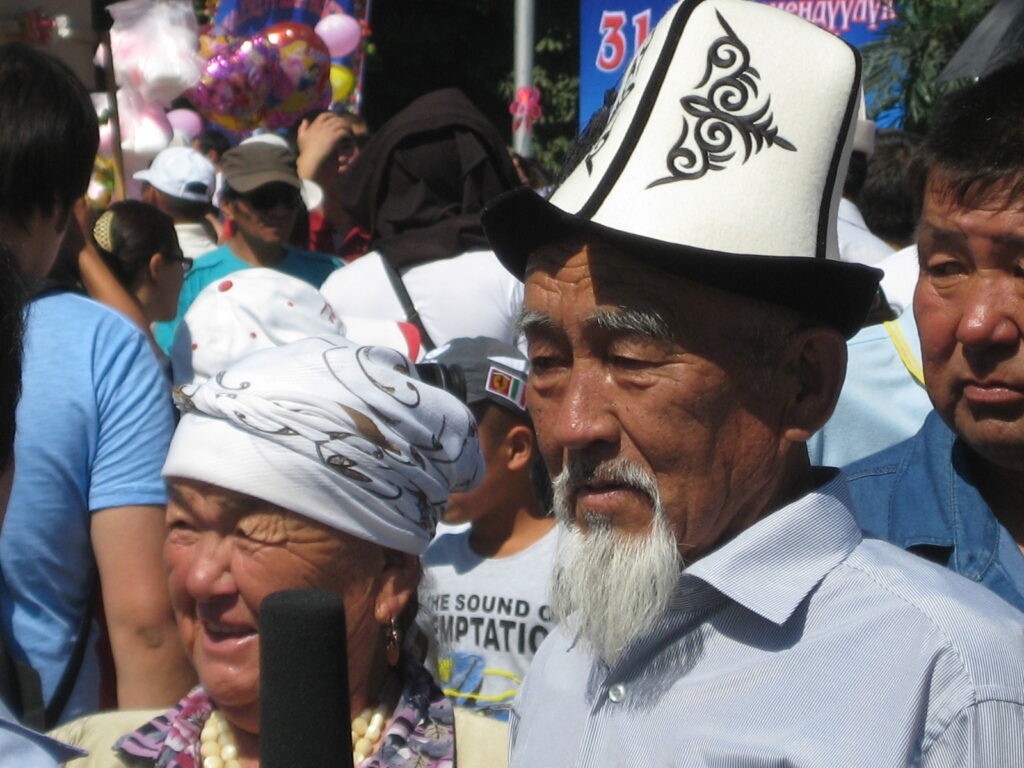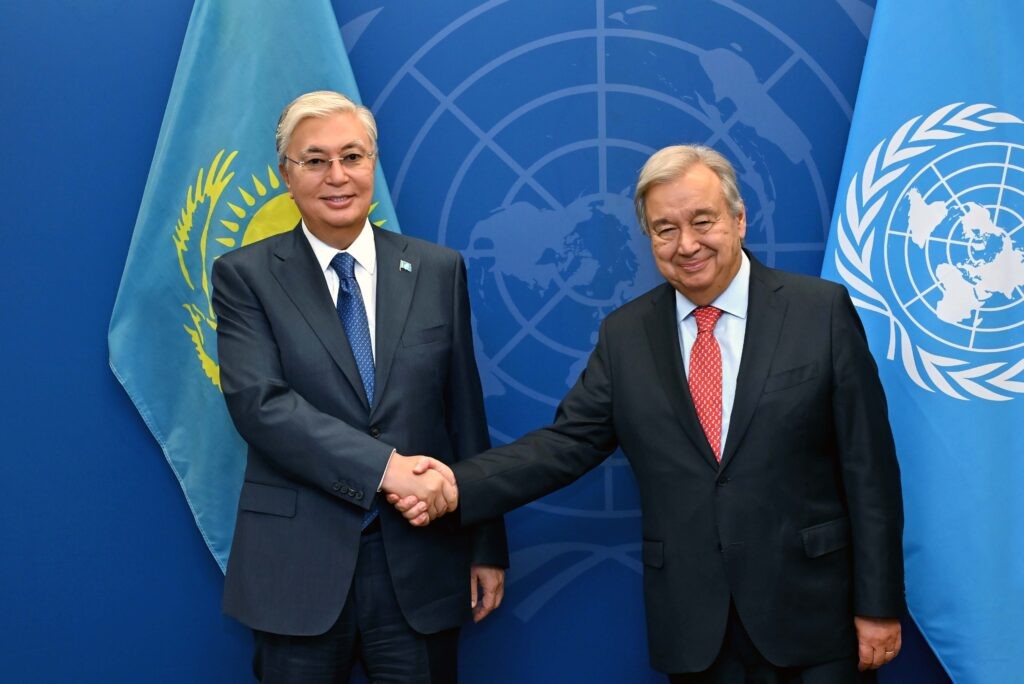Shifting Populations: The Struggle to Sustain Northern and Eastern Kazakhstan
While Kazakhstan's total population continues to increase, certain regions are facing declines driven by migration and demographic shifts. The birth rate within the nation has also reached its lowest ebb in eleven years, further exacerbating these changes. By 2050, Kazakhstan's population is projected to hit 26.3 million, with much of this growth concentrated in major cities. Currently, the population exceeds 20.2 million, with a net increase of 189,376 people in the first nine months of 2024. However, certain regions - North Kazakhstan, Kostanay, Pavlodar, East Kazakhstan, Karaganda, Abay, and Zhetysu - are seeing decreases due to high migration rates and lower-than-average birth rates. In North Kazakhstan, where mortality rates surpass birth rates, numbers fell by 0.89% in the first six months of 2024 alone, with an overall drop of 23% in the past few years. The regions of North and East Kazakhstan have seen a steady decline in population over the past few decades, a trend influenced by a combination of economic, demographic, and policy-related factors. Historically reliant on industries such as mining, metallurgy, and agriculture, these areas faced severe economic disruption following independence, as state-run enterprises were privatized or shuttered. Many residents found themselves unemployed, with a lack of investment in modernizing industries and an uneven distribution of infrastructure development exacerbating the problem. Without a thriving job market, young professionals and skilled workers migrated in search of better opportunities, creating a brain drain and leaving behind an aging population. Today, insufficient economic diversification continues to make these regions less attractive to younger generations, who are drawn to cities like Almaty, Astana, and Shymkent, which offer employment opportunities, vibrant cultural scenes, and better education and healthcare. Internationally, the proximity of North Kazakhstan to Russia also resulted in substantial cross-border migration, with ethnic Russians and other Slavic minorities leaving Kazakhstan in large numbers, particularly in the years following independence. This trend was partly influenced by policies prioritizing the Kazakh language and identity, which made some minorities feel culturally marginalized or less confident in their long-term prospects in the country. During the Soviet era, regions like North Kazakhstan were agricultural powerhouses, thanks to programs like the Virgin Lands Campaign. However, the ecological degradation and economic mismanagement associated with these projects left lasting scars. Fertile land has become less productive, forcing many farmers to abandon their livelihoods. The decline of ecosystems due to overuse and climate change particularly affects East Kazakhstan, where poorly maintained infrastructure in rural areas has impacted resilience against environmental issues, further encouraging residents to leave. Initiatives it was hoped would encourage relocation from the densely populated south saw limited success. Addressing parliament in February 2024, Senate speaker Maulen Ashimbayev noted that despite programs like Serpin-2050, which provides free education, and Enbek, which offers job placements and rent support, results have been disappointing. Between 2017 and 2021, only 32,000 people relocated, with half unable to work. Population decline in North and East Kazakhstan reflects these regions' reliance on resource-heavy industries, lack of modernization, and uneven infrastructure development, bringing broader challenges...






